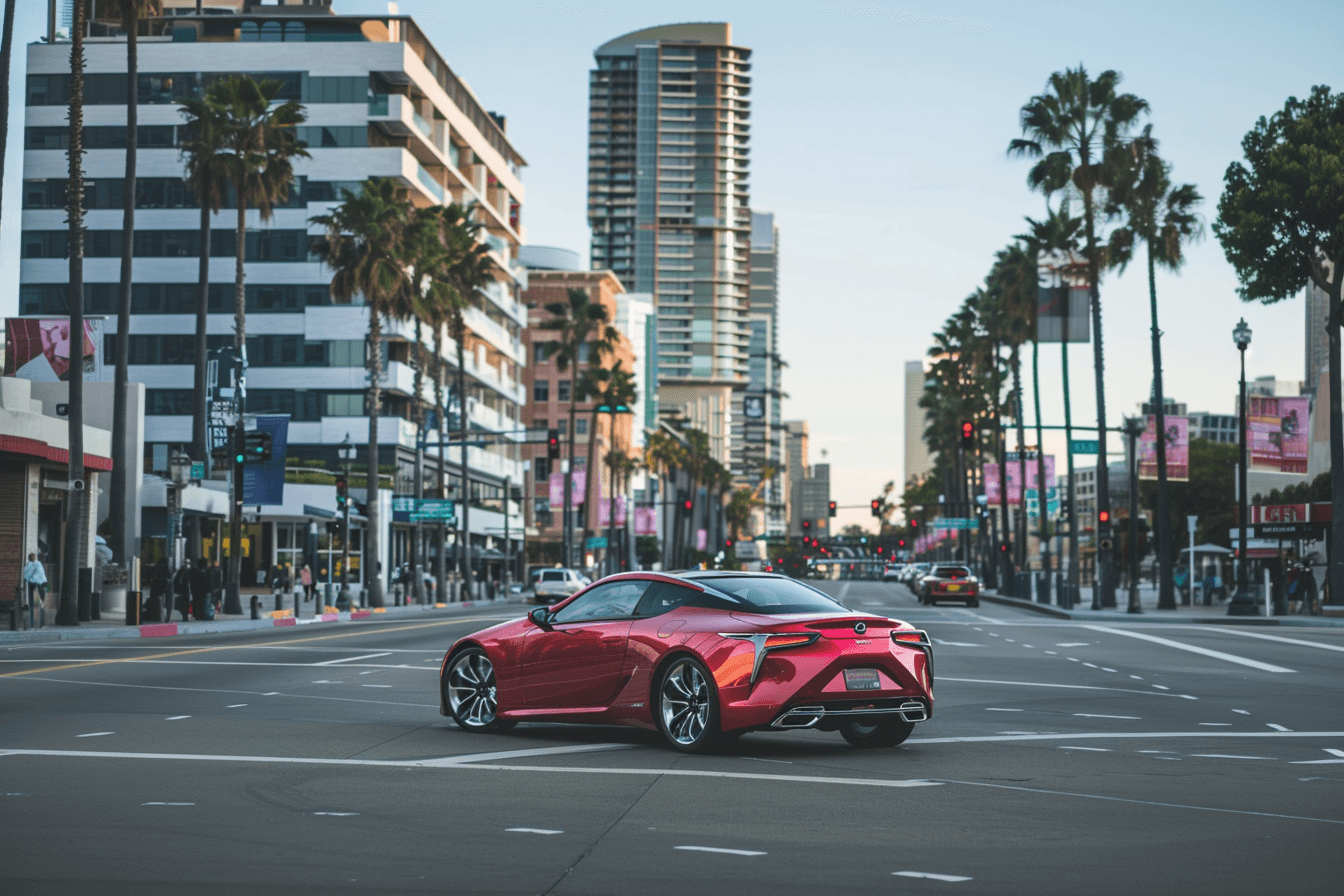The Pros and Cons of Electric Vehicles
Written By
CarOracle Experts
Published
May 29, 2023
Discover the advantages and drawbacks of electric vehicles in this insightful article. Explore energy efficiency, environmental impact, and more.
At a Glance
Electric vehicles (EVs) offer impressive efficiency, lower emissions, and a thrilling driving experience. However, they also present challenges like higher upfront costs and charging issues. This comprehensive guide explores the advantages and disadvantages of EV ownership to help you make an informed decision
The automotive world is rapidly shifting towards electrification. While EVs are gaining popularity due to their numerous advantages, they also bring along some challenges.
Benefits of EVs
1. High Efficiency:
EVs are notably efficient with energy conversion. Unlike ICE vehicles, where much energy is lost as heat, EVs convert most of the electrical energy from the grid directly to power on the wheels.
2. Environmentally Friendly:
Electric vehicles produce zero tailpipe emissions, significantly reducing their carbon footprint. As our electrical grids shift towards renewable energy sources, the ecological benefits of EVs will only amplify.
3. Lower Operating Costs:
Although EVs have higher initial costs, their lower operating costs can offset this in the long run. With fewer moving parts, EVs require less maintenance, and the cost of electricity can be less than fuel in many areas.
4. Enhanced Driving Experience:
The smooth operation, strong acceleration, and quiet drive offered by electric motors improve driving comfort and enjoyment. The low center of gravity, a characteristic of EVs, enhances stability and handling, especially during cornering.
5. Instantaneous Torque:
In AWD configurations, EVs can instantly transfer torque without the need for mechanical redirection, offering better acceleration and control.
Challenges of EVs
1. Charging Infrastructure and Time:
While charging infrastructure is improving, availability can still be a challenge, particularly in rural areas. Additionally, charging times are significantly longer than refueling times for conventional vehicles. If charging stations are occupied, waiting times increase further.
2. Range Anxiety:
Despite significant improvements, the range of EVs typically lags behind gasoline vehicles. Coupled with sparse charging stations, this can cause range anxiety for drivers.
3. Higher Upfront Costs:
The cost of EVs is mainly driven by expensive batteries, making them pricier than similar ICE vehicles upfront, although this gap is gradually closing.
4. Weight Considerations:
The batteries in EVs add considerable weight, leading to quicker tire wear and more strain on roads.
Recommendations
Considering an EV involves assessing your driving habits, availability of charging infrastructure, and budget. Taking an EV for a test drive can also help you appreciate the unique driving experience they offer. Remember, opting for an EV means adapting to a different lifestyle, one that is more attuned to the environment.
Conclusion
While there are challenges associated with owning an EV, the benefits they offer are substantial and impactful. With the continuous advancements in technology and infrastructure, these challenges will likely lessen over time.














